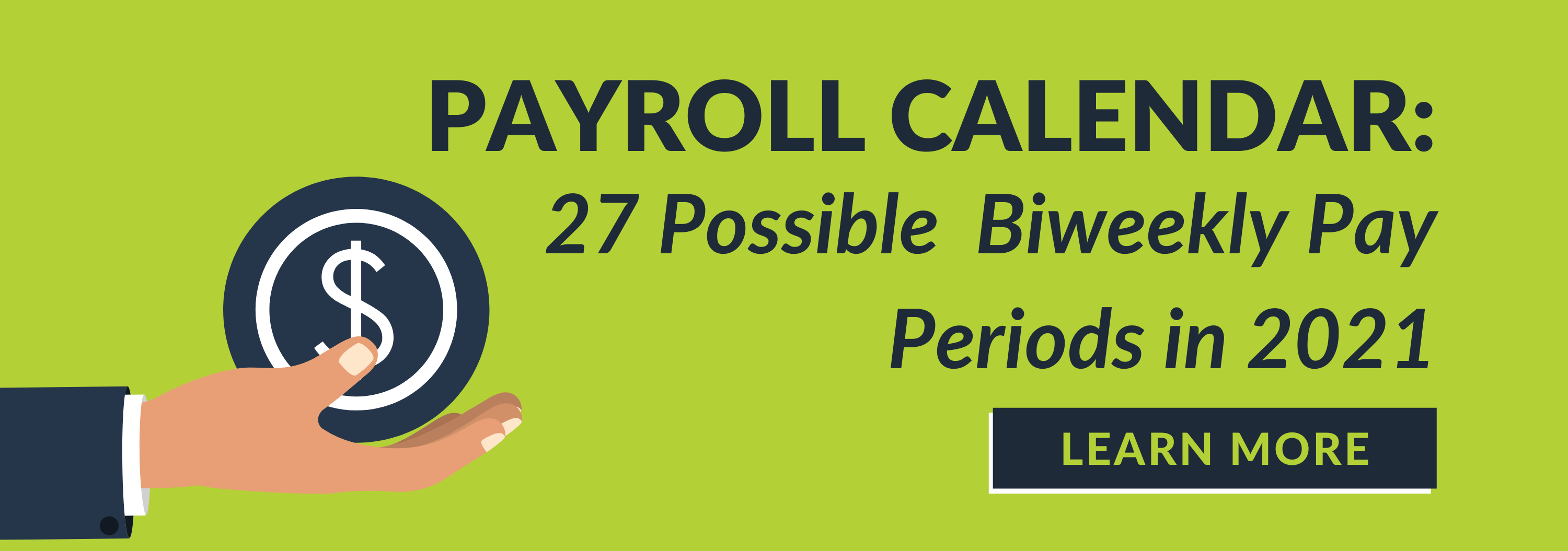
Written by
Drew Gieseke
Drew Gieseke is an aPHR®-certified marketing professional who writes about HR, compliance, and healthcare solutions.
How State-Sponsored Retirement Plans Could Help Your Employees Retire

Many U.S. employees are on the verge of a retirement crisis. An alarming article published in BenefitsPRO reported that “[a] sizeable chunk of the U.S. working adult population has nothing saved for retirement and only Social Security to look forward to.” As a result, states are stepping in to provide state-sponsored retirement plans. Here’s how they work—and how they could help employers around the country.
What is a State-Sponsored Retirement Plan?
A state-sponsored retirement plan is a retirement savings account that permits residents of certain states to participate in tax-deferred savings accounts sponsored by the corresponding state government, according to the National Conference of State Legislatures (NCSL).
Why? To encourage and facilitate retirement planning and savings for workers who aren’t public-sector employees or whose employers don’t provide retirement benefits.
And while plans vary from state to state, retirement plan provider Guideline says that the programs “could help bridge the retirement gap for as many as 55 million U.S. workers who currently don’t have access to an employer-sponsored plan.” (In the same resource, Guideline has compiled a list of state retirement plans available now or in the near future.)
How is a State-Sponsored Retirement Plan Different than a 401(k)?
A 401(k) is an employer-sponsored retirement plan, meaning investment decisions are made at the discretion of the employer. On the other hand, a state-sponsored plan is administered by officials in the state government.
In traditional 401(k) plans, funds are taken directly from participating employees’ wages and deposited into their retirement accounts. It’s also common for employers to match these contributions up to a certain percentage.
For example, the average matching contribution is 4.3% of an employee’s pay, per data from Investopedia. The most common match is employers contributing 50 cents for every dollar contributed by the employee, up to 6% of their pay. Other employers match dollar for dollar up to 3%.
State-sponsored retirement plans differ from one to the next. One example is the CalSavers program in California. When employers facilitate this plan, contributions are deducted from participating employees’ paychecks and deposited into corresponding Roth IRAs for each employee.
Another key difference relates to employer contributions. 401(k) plans don’t require employers to make contributions to workers’ accounts while state-sponsored plans can mandate organizations to at least opt into offering the program for employees. Additionally, annual contribution limits are lower for Roth IRAs than for 401(k)s, and employers cannot match contributions.
How State-Sponsored Retirement Plans Can Help Employees Save Money
If an employee wants to contribute to a retirement fund but they work for an organization that doesn’t offer a 401(k) plan, their retirement options are incredibly limited. This is where state-sponsored retirement plans come into play.
More than a dozen states have already implemented or will soon implement retirement programs. Many of these plans are mandatory, which means that if employers don’t offer any type of retirement plan, they must make available a state-run auto-IRA plan, per financial services company Capital Group.
In an interview with BenefitsPRO, Arvin Prakash, Director of Product Development at Ubiquity Retirement + Savings, said that state programs offer little fiduciary risk for the employer as well as fewer administrative burdens related to managing investments and enrolling employees. Because some organizations don’t currently offer retirement plans, the state-sponsored option provides more security for workers nearing retirement age.
Other Retirement Plan Options for Employers
Some employers may prefer to offer more robust private retirement plans to their employees instead of relying on state-sponsored plans. Doing so could boost recruitment and retention in the long run, as 92% of workers indicate that employee benefits significantly impact overall job satisfaction.
For employers looking to beef up their retirement program options, consider the following strategies:
- Enhanced 401(k) Match: If able, some employers may opt to increase their contribution match for employee 401(k) deductions.
- Offer a SIMPLE IRA Plan: A savings incentive match plan for employees IRA—also known as a SIMPLE IRA—permits both employers and employees to contribute to a traditional IRA for workers. The IRS points out that SIMPLE IRAs are “ideally suited as a start-up retirement savings plan for small employers not currently sponsoring a retirement plan.”
- Implement a Pension Plan: Sometimes referred to as defined benefit plans, pension plans are retirement programs that promise workers a specified monthly benefit upon retirement. They’re commonly available to union workers, federal employees, service members and veterans, state and local government employees, and other private workers.

Written by
Drew Gieseke
Drew Gieseke is an aPHR®-certified marketing professional who writes about HR, compliance, and healthcare solutions.
Related Posts
Yes, you can use a health savings account, or HSA, for cosmetic surgery, but only in...
According to the KPMG 2023 CEO Outlook, 64% of business leaders believe there will be a...
Thomas J. Peters, best known for his book In Search of Excellence, once stated, “The day...
According to the Ethics and Compliance Initiative’s (ECI) 2023 Global Business Ethics...







Submit a Comment